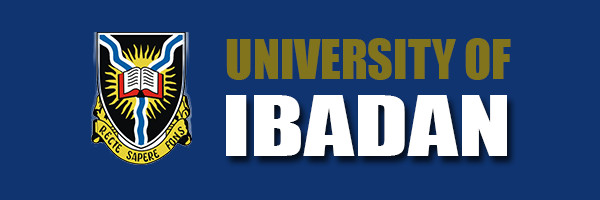Courses : Department of Veterinary Physiology and Biochemistry
Department of Veterinary Physiology and Biochemistry
Student’s learning objectives in veterinary physiology and biochemistry are to acquire knowledge of normal body functions in domestic and non-domestic animals at the molecular level (biochemistry), cellular and gross (physiology) levels. Understanding the mechanism of action and metabolism of chemicals, hormones, neurotransmitters and toxins in the body and ameliorating pathways. Laboratories should be able to harvest live animal tissues for study, both qualitative and quantitative assessment with sufficient number of equipment for students to observe, enumerate and experiment with animal body cells, tissues and organs at work and in molecular activity.
|
Veterinary Biochemistry (12 Units) |
||
|
VBC Module 1 |
|
(4 Units; LH 45, PH 45) |
|
INTRODUCTORY CELL BIOLOGY AND BIOENERGETICS
CHEMISTRY AND BIOCHEMISTRY OF CARBOHYDRATES
CHEMISTRY AND BIOCHEMISTRY OF PROTEINS
ABNORMALITIES OF CARBOHYDRATE AND PROTEIN METABOLISM. Disorders/Abnormalities of Carbohydrate and protein metabolism
|
||
|
VBC Module II |
|
(4 Units; LH 45, PH 45) |
|
Chemistry and biochemistry of lipid, Introduction to molecular biology, nutritional biochemistry of animals.
FLUID AND ELECTROLYTE BALANCE *Fluid intake and output, total body water distribution in intracellular and extracellular fluids. *Functions of electrolytes, dehydration and its correction *Water and the major ions: HCO3, CL, Na, K, H *Regulations of water balance *Iron: sources, absorption, distribution in the body and biochemical functions and excretion *Anaemia, heamochromatosis *Chemistry and biochemistry of carotenoids * Biochemistry of Vision *Coenzyme, structure and roles in cellular metabolism
INTRODUCTION TO MOLECULAR BIOLOGY *Chemistry and structures of nucleic acids *Nomenclature of bases, nucleotides and nucleotides biosynthesis *Composition of DNA and RNA, The Watson-Crick DNA double helix *Genetic regulation of metabolism *Introduction to genetic engineering in veterinary medicine *Virus and oncogenes * Programme cell death, Biochemistry of free radicals CHEMISTRY AND BIOCHEMISTRY OF LIPIDS *Introduction, classification, chemistry and functions of lipids *Digestion and absorption of lipids, formation of chylomicrons, transport of lipids in blood stream, lipoproteins *Biosynthesis of fatty acids, the triacylglycerols, phospholipids, sphingolipids and regulatory mechanism involved *Metabolism of cholesterol, biosynthesis and deregulation into bile acids and bile salts e.t.c *Biochemistry of prostaglandins.
NUTRITION BIOCHEMISTRY *General nutritional requirements *Energy aspects of diets, basal metabolic rates (BMR), and specific dynamic action *Major nutritional disorders e.g. obesity, marasmus, kwashiorkor, and marasmic-kwashiokor *The water soluble vitamins vitamin C and their biochemical importance in the body
Trace elements : mg2+, mn2+ , Zn2+, P , Co, Li2+etc
|
||
|
VBC Module III |
|
(4 Units; LH 45 PH 45) |
|
HORMONES
METABOLISM OF DRUGS AND OTHER FOREIGN COMPOUNDS
TISSUE BIOCHEMISTRY II (LIVER, KIDNEYS, GIT, CNS)
Rumen biochemistry. Lactation Biochemistry. |
||
